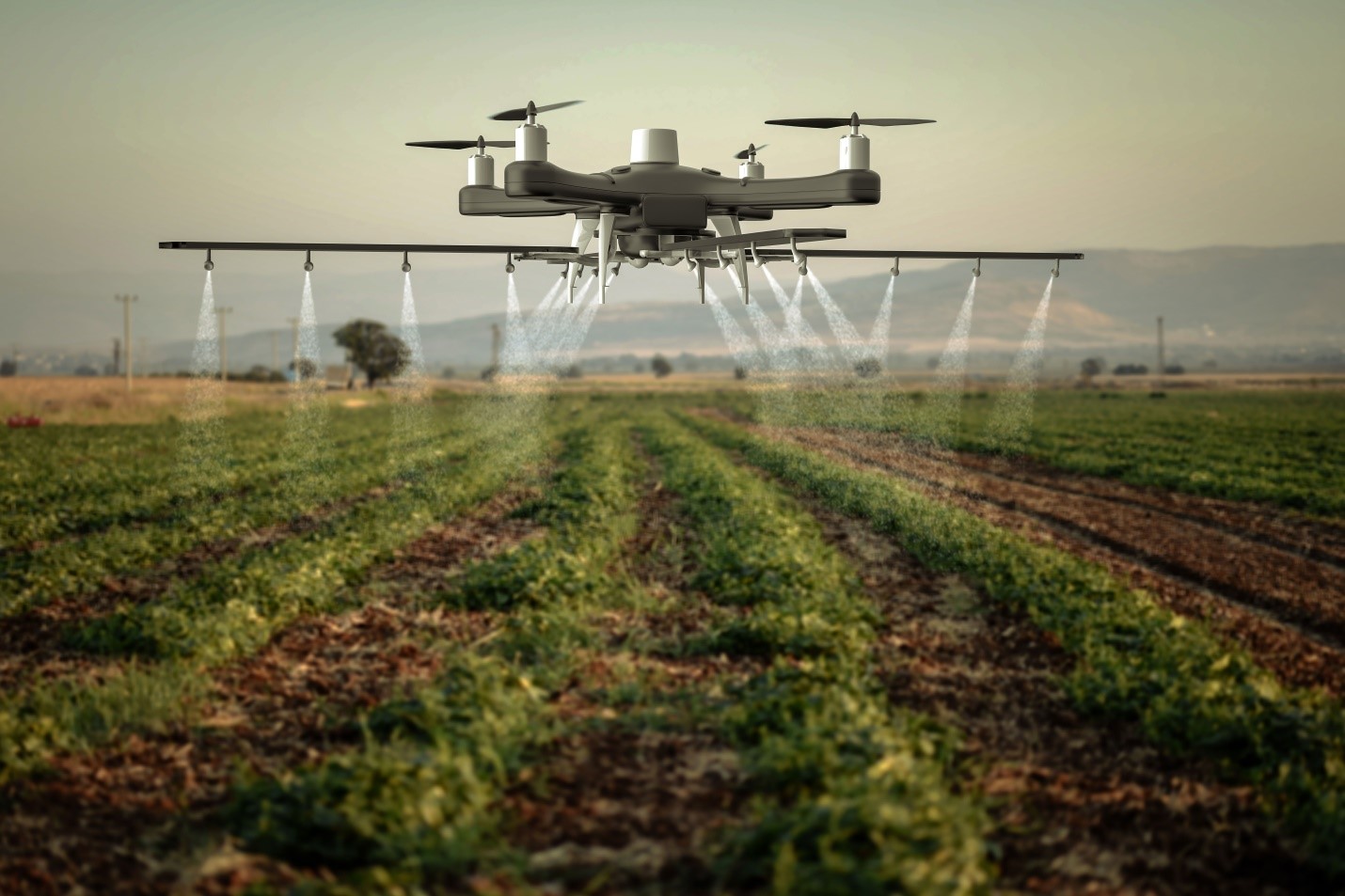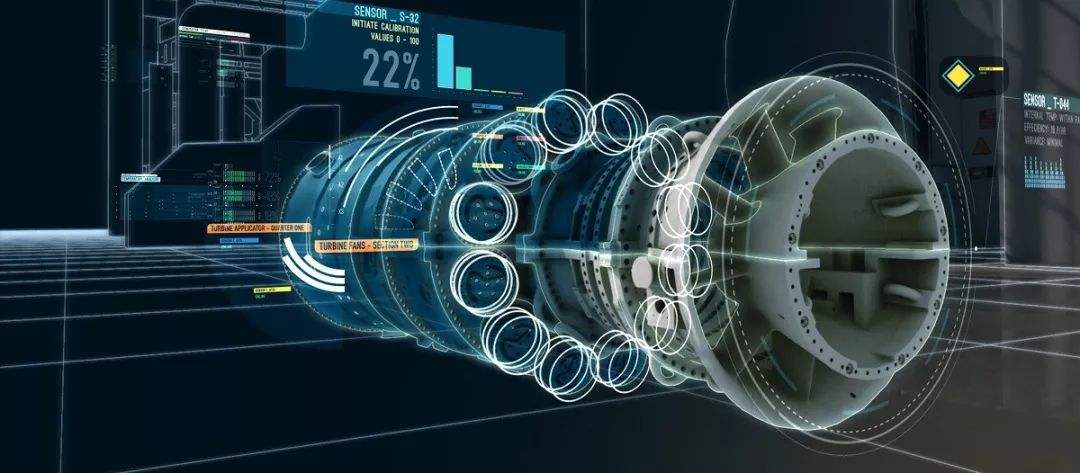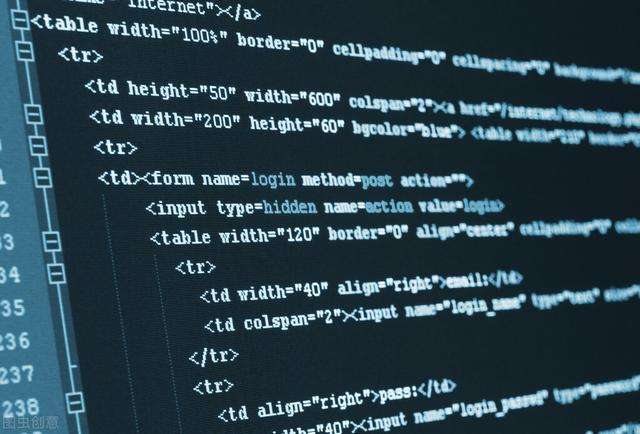Andover,Massachusetts-A Korn Ferry statement released recently flashed,estimating that by 2030,the global skilled labor shortage will reach 85 million jobs,equivalent to 8.5 trillion US dollars.During this period,many jobs will appear in the industry and service industries.In these two industries,the COVID-19 epidemic has exposed the shortcomings of the global supply chain and labor reserves.Unmanned aerial vehicles(UAVs)and robots can efficiently automate the completion of human missions,and then alleviate this situation.
Today,UAVs are being put into service sensitively for many key mission applications,including security monitoring,package delivery,agriculture,national defense,and even natural disaster recovery and humanitarian assistance delivery missions.Looking forward to the next few years,we will find that UAVs will play a more important role in more risky applications,such as high-voltage line inspection,bridge tower inspection,and commercial shipping ship medical repair.There are several advantages of using UAV in these types of applications,including faster response time and real-time data collection.More importantly,applying the unmanned system to the high-risk activities that are now manually operated can eliminate the risks of employee injury,joint and several hazards and related liability costs.
With the increasing integration and interdependence of the global economy,the demand for consumer goods and durable goods is growing exponentially.Because of this explosive demand,today’s factories find it difficult to purchase,produce and deliver goods in time.This is the meaning of using robot services.Robots are good at choosing mission paths when decision-making is limited.The robot can work continuously for several weeks,bring predictable and repeatable results,and then significantly improve the operation power and output.Driven by customers’long-term needs,robots and other automation systems will be selected sensitively.

In order to make the use of UAVs and robots continue to innovate,they need lightweight and compact power supply with higher power supply.The power supply module is a power supply plan with full power and excellent heat dissipation.It is not only simple to equip,but also very easy to expand when more power is required.
In order to complete the extensive placement of UAVs and robots,we need to consider the most influential constraint-power supply.How to use all kinds of power sources from airborne batteries to tethered power sources or alternative power sources(such as hydrogen fuel cells)to renewable power sources(such as solar energy,wind energy and wave energy)to power them,and extend the flight time or stick to online while increasing the payload to meet the production demand.
When we talk to customers,they usually try to put the power supply into a small space.Size and weight are always the most important to them.Therefore,the power module is a good processing plan.They are not only compact and excellent in heat dissipation,but also provide many power supplies for mobile applications.
This is where the high-density power supply network comes into play.Assuming that power supply is limited in many mobile applications,it can also become a driving factor for innovation if it is used stably.
According to the processing plan of the module,the power supply is highly integrated,so you can maximize the power advantage with less space than the conventional power topology.This change in power transmission means that UAV and robot planners can incorporate more features,functions and higher operating voltage into their planning without making any concessions.


